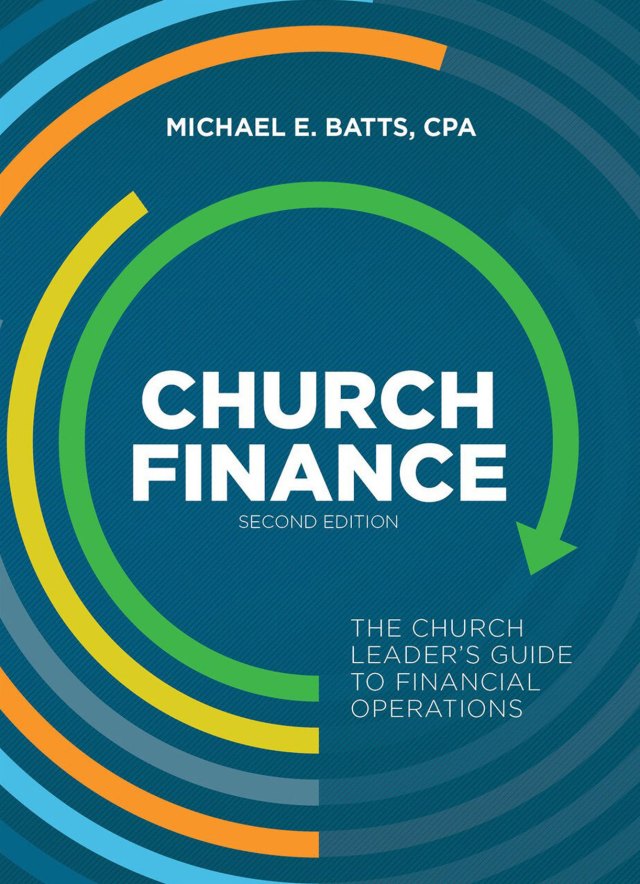At first glance, the two churches don’t have much in common.
One, a large congregation, has enjoyed a front-row seat to history, serving for more than 150 years in the country’s epicenter of power, Washington, D.C. The other, a smaller congregation just 80 minutes northwest of the nation’s capital, has been serving its Virginia town of less than 2,000 people since the early 1970s.
Big differences, right? Unfortunately, that changed in late December.
That’s when the former finance director of the Washington, D.C., church was arrested and charged with stealing more than $500,000 from that congregation during a six-year span. Less than a week later, the former bookkeeper of the Virginia church was arrested for allegedly stealing about $300,000 from it over five years.
Both suspects used the money for big-ticket purchases—real estate, cars, jewelry, and furniture—according to the charges filed.
The separate cases underscore a new reality: the growing risk of embezzlement, regardless of the church’s size or setting. “One thing we are seeing on the uptick is embezzlement,” says Frank Sommerville, an attorney in Texas specializing in nonprofits and churches. “When you have higher unemployment, you need to be thinking about security from embezzlement.”
Guarding against the growing risk of embezzlement
One major church insurer logged 32 embezzlement-related claims in 2009, up 12.5 percent from its recent annual averages. “Regrettably, financial misconduct tends to be more predominant in economic downtimes,” says David Middlebrook, another Texas-based attorney specializing in church law.
Fraud experts often refer to a three-legged stool for embezzlement risk: opportunity, need, and organizational ethos. Opportunity often is born out of non-existent or poorly managed financial controls. A variety of resources help churches set proper controls, including Church Finance (2015, Christianity Today), and Weeds in the Garden (2009, NACBA Press), as well as guidance from organizations like the Evangelical Council for Financial Accountability (ecfa.org). In terms of need, church leaders must pay attention to hardships in the lives of their employees. The most common scenario for church fraud involves longtime employees who face an unexpected financial stress—a job loss for a spouse or an extended illness with hefty medical bills for a family member. Some studies suggest the average tenure of a church employee who commits fraud is seven years, Sommerville says, and recent headlines reflect that.
“These employees don’t start off thinking they’re going to steal,” he says. “They think they’re going to borrow from you and pay you back when things improve.”
A strong organizational ethos that encourages transparency and requires high standards also helps prevent financial misconduct.
“It really is helpful if churches create this above-reproach, ethical standard, something they continually talk about and include in their code of ethics—’We’re going to operate above reproach in every area of ministry from the senior pastor and board on down,'” Sommerville says. “If that’s the atmosphere, fellow employees may catch and report them.”
This article appears in the downloadable resource Internal Controls for Church Finances.




